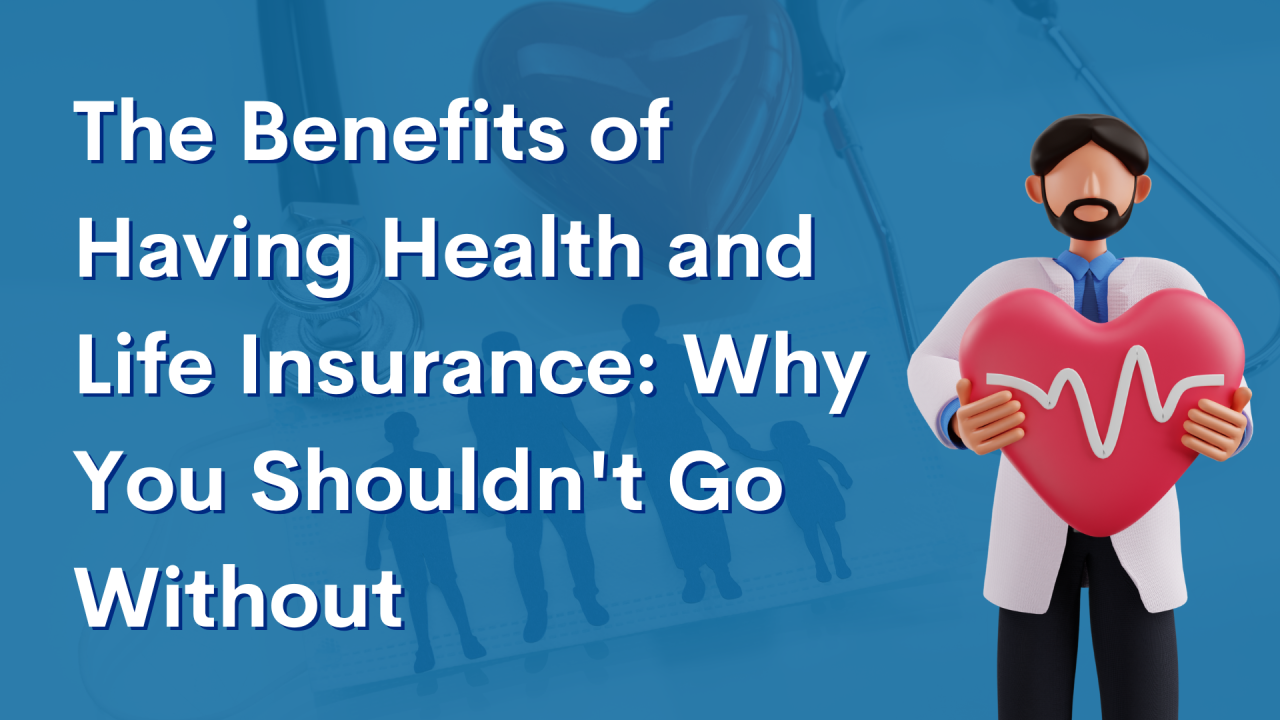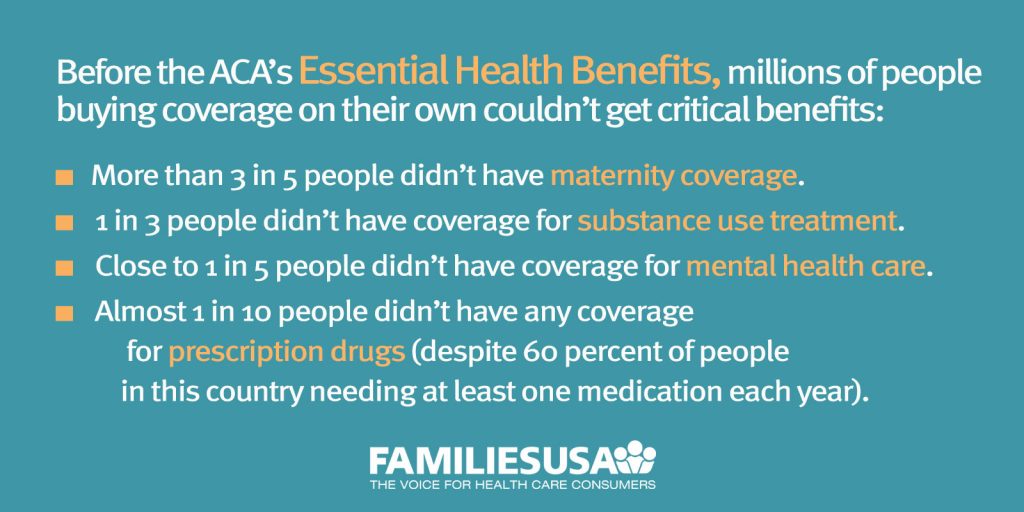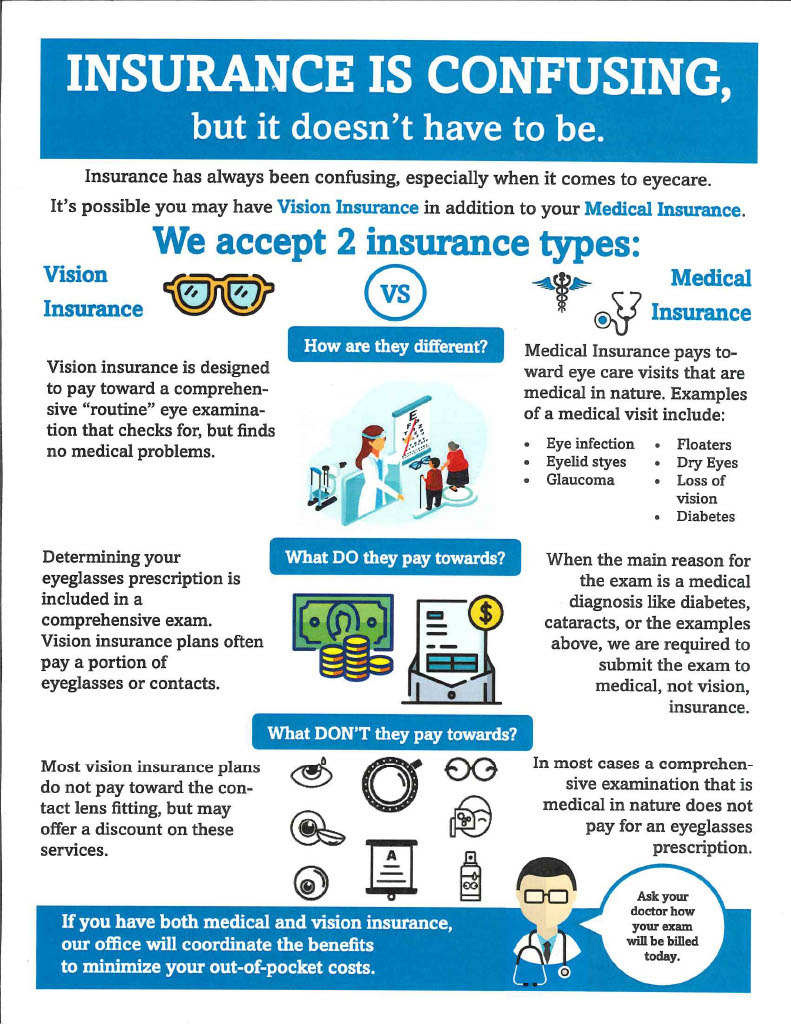The smart Trick of Medicare Advantage Agent That Nobody is Talking About
The smart Trick of Medicare Advantage Agent That Nobody is Talking About
Blog Article
The Single Strategy To Use For Medicare Advantage Agent
Table of ContentsMedicare Advantage Agent - TruthsThe smart Trick of Medicare Advantage Agent That Nobody is DiscussingRumored Buzz on Medicare Advantage Agent

complies with from perplexing the fairly young age profile of the without insurance with the much better health, typically, of younger individuals. This obscures the web link between wellness condition and medical insurance. For those without access to workplace medical insurance, inadequate health and wellness is a possible barrier to acquiring nongroup protection because such protection might be extremely valued, exclude preexisting problems, or be simply not available. The variety of uninsured Americans is not specifically large and has actually not changed in current years. 7 out of ten participants in a nationally representative study thought that less Americans lacked wellness insurance policy than actually do(Fronstin, 1998). Approximately fifty percent(47 percent )believed that the number of individuals without health insurance reduced or continued to be constant over the latter fifty percent of the last years(Blendon et al., 1999). This drop of practically 2 million in the variety of individuals 'without insurance (a reduction
of about 4 percent)is definitely a favorable adjustment. With a softer economy in 2000 the current reported gains in insurance policy protection might not proceed(Fronstin, 2001 ). The decline in the number of uninsured will not proceed if the economic situation remains slow and healthcare expenses remain to outmatch rising cost of living. This is because the data were collected for a period of strong economic performance. Of the estimated 42 million individuals who were uninsured, just about about 420,000(about 1 percent)were under 65 years of age, the age at which most Americans become eligible for Medicare; 32 million were grownups in between ages 18 and 65, around 19 percent of all grownups in this age; and 10 million were youngsters under 18 years old, regarding 13.9 percent of all children (Mills, 2000). These price quotes of the variety of individuals without insurance are produced from the annual March Supplement to the Current Population Survey (CPS), conducted by the Demographics Bureau. Unless or else kept in mind, nationwide quotes of people without medical insurance and proportions of the population with various sort of insurance coverage are based upon the CPS, the most widely made use of resource of quotes of insurance coverage and uninsurance prices. These studies and the quotes they yield are defined briefly in Table B. 1 in Appendix B - Medicare Advantage Agent. These studies differ in size and tasting techniques, the concerns that are asked about insurance
Medicare Advantage Agent Fundamentals Explained
protection, and the moment period over which insurance policy coverage or uninsurance is determined(Lewis et al., 1998, Fronstin, 2000a ). Still, the CPS is especially beneficial because it generates yearly price quotes fairly quickly, reporting the previous year's insurance protection estimates each September, and since it is the basis for a consistent collection of price quotes for more than twenty years, permitting analysis of fads in coverage gradually.

Getting The Medicare Advantage Agent To Work
Over a three-year duration beginning early in 1993, 72 million individuals, 29 percent of the united state population, lacked protection for at the very least one month. Within a solitary year(1994), 53 million people experienced at the very least a month without protection(Bennefield, 1998a). 6 out of every ten without insurance grownups are themselves used. Although working does improve the possibility that one and one's family participants will have insurance, it is not a warranty. Also members of households with two full time breadwinner have nearly a one-in-ten chance of being uninsured (9.1 percent without insurance rate)(Hoffman and Pohl, 2000 ). The connection in between medical insurance and access to care is well developed, as documented later in this phase. Although the relationship between medical insurance and wellness outcomes is neither direct neither simple, a considerable medical and health and wellness solutions research literature web links medical insurance coverage
to enhanced accessibility to care, better high quality, and boosted individual and population health standing. The second report, on individual wellness end results for my site without insurance adults, is represented by the innermost circle of the figure, while the 3rd record, on family well-being, incorporates the topics of the 2nd report but stresses a various system of evaluation, specifically, the family. The sixth record in the collection will provide info about strategies and campaigns embarked on locally, statewide, or nationally to address the absence of insurance coverage and its unfavorable influences. Degrees of analysis for checking Bonuses out the impacts of uninsurance. This discussion of medical insurance coverage concentrates mainly on the united state population under age 65 due to the fact that essentially all Americans 65 and older have Medicare or other public insurance coverage.
In addition, it focuses specifically on those with no wellness insurance for any type of length of time. The problems faced by the underinsured are in some aspects similar to those dealt with by the uninsured, although they are normally much less serious. Uninsurance and underinsurance, nevertheless, entail distinctly different policy concerns, and the approaches for addressing them may differ. Throughout this study and the 5 records to adhere to, the major emphasis is on persons without any health and wellness insurance coverage and therefore no help in spending for healthcare beyond what is available via charity and safety and security internet organizations. Medical insurance is a powerful factor affecting invoice of treatment since both patients and physicians react to the out-of-pocket cost of services. Medical insurance, nonetheless, is neither needed nor sufficient to access to clinical services. However, the independent and straight effect of health
insurance policy coverage on accessibility to health and wellness services is well developed. Others will certainly acquire the healthcare they need also without health and wellness insurance, by spending for it out of pocket or seeking it from service providers that use treatment free or at very subsidized rates. For still others, medical insurance alone does not ensure invoice of care due to other nonfinancial obstacles, such as an absence of healthcare companies in their community, restricted accessibility to transportation, illiteracy, or etymological and social differences. Official study regarding without insurance populations in the United States dates to the late 1920s and very early 1930s when the Board on the Expense of Healthcare produced a series of records concerning financing doctor workplace gos to and hospital stays. This concern became prominent as the varieties of medically indigent climbed throughout the Great Depression. Empirical researches regularly sustain the web link in between accessibility to care and improved health and wellness results(Bindman et al., 1995; Starfield, 1995 ). Having a normal source of care can be thought about a forecaster of gain access to, as opposed to a straight measure of it, when health and wellness outcomes are themselves utilized as gain access to indications. This expansion of the idea of access measurement was made by the IOM Committee on Keeping Track Of Gain Access To to Personal Health And Wellness Treatment Provider(Millman, 1993, p. Whether moms and dads are guaranteed shows up to impact whether their kids get care in addition to just how much careeven if the kids themselves have protection(Hanson, 1998). The health and wellness of moms and dads can impact their capability to take care of their kids and the level of family stress. Worrying about their youngsters's accessibility to care is itself a resource of anxiety for parents. Three chapters adhere to in this record. Chapter 2 supplies an introduction of how employment-based health and wellness insurance coverage, public programs and private insurance plan run and engage to supply substantial however incomplete insurance coverage of the united state population. This includes an evaluation of historical fads and public plans impacting both public and private insurance, a conversation of the interactions among the various kinds of insurance, and an exam of why individuals move from one program to an additional or wind up

Report this page